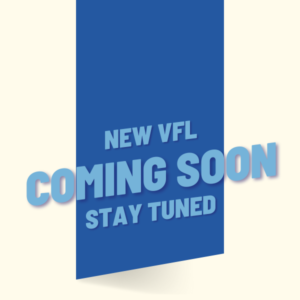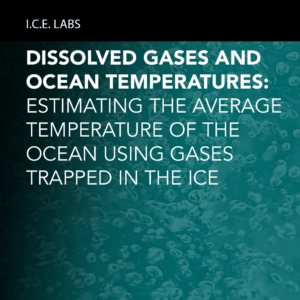Teacher Notes: This activity is offered as a means of introducing students to the Scientific and Engineering Practices, as outlined in the Next Generation Science Standards (NGSS). Rather than having students simply memorize the list, developers envisioned the need to engage students in using several different practices in order to develop and defend their understanding of disciplinary core ideas, and to successfully achieve the related performance expectations. To do this, students must first be able to identify what the types of practices are and to distinguish similarities and differences between the actions of scientists and those of engineers. The Drilling Back Through Time activity offers students an opportunity to reflect on what they’ve learned and test their understanding of the practices in the context of a real world polar research project.
Educational research has shown that encouraging metacognition, or thinking about one’s own thinking, is effective at promoting student understanding. A Framework for K-12 Science Education reinforces this idea, stating, “Our view is that the opportunity for students to learn the basic set of practices outlined in this chapter is also an opportunity to have them stand back and reflect on how these practices contribute to the accumulation of scientific knowledge (NRC, 2012).”
Key Concept: Scientists and engineers employ similar but different actions to achieve their target goals. Scientists ask questions that seek to create new knowledge about our natural world, while engineers address problems that can be solved by designing new technologies to address a human need. Greater success can be achieved when scientists and engineers employ teamwork, problem-solving and communication during a project’s design.
Background: The West Antarctic Ice Sheet (WAIS) Divide research project completed its goal of drilling to just above the Antarctic bedrock during the 2011-2012 field season. This accomplishment set a new United States record for drilling depth and enabled scientists to access important paleo-climate evidence trapped in ice cores during the past 62,000 years. None of this would have been possible without the development of the Deep Ice Sheet Coring (DISC) drill by engineers, working in sync with ice core researchers’ parameters. After years of development, the successful completion of a new DISC drill “replicate coring” system made it possible to get duplicate ice core samples from strategic depths/times in order to validate previous research findings and to enable further discoveries. This engineering breakthrough design was successfully utilized in the 2012/2013 field season.




